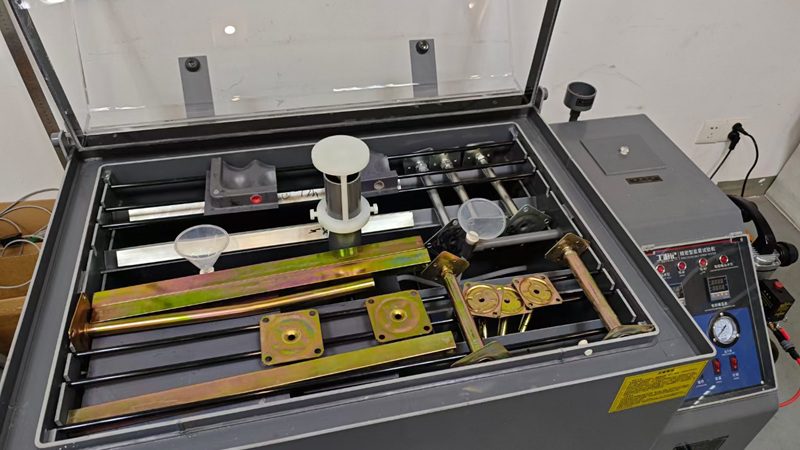A false floor, also known as a raised floor or access floor, is a versatile and essential component in various environments, including data centers, offices, and commercial buildings. It consists of a modular system of panels elevated above the structural floor, creating a space underneath for accommodating cabling, electrical wiring, HVAC systems, and other utilities. This innovative flooring solution offers numerous benefits, including enhanced flexibility, improved airflow, efficient cable management, and easy access to the underlying infrastructure.
In this comprehensive guide, we will explore the concept, design, and practical applications of false floors. Whether you are a facility manager, an architect, an IT professional, or simply interested in understanding this feature, this article will provide you with valuable insights. We will cover the fundamental aspects of false floors, including their components, installation methods, and considerations for various industries.
Moreover, we will delve into the advantages of incorporating a false floor in your space. From optimizing thermal management and improving equipment cooling efficiency to facilitating network infrastructure changes and maximizing space utilization, false floors offer a range of benefits that can positively impact the overall functionality and productivity of your environment.
So, whether you are planning to integrate a false floor system into a new construction project or considering a retrofit for an existing space, this guide will serve as your go-to resource. Let’s dive in and explore the world of false floors, unlocking their potential for efficient space utilization, seamless cable management, and improved environmental control.
What is a False Floor System?
A false floor, also known as a raised floor or access floor, refers to a system of elevated floor panels that are installed above the structural floor of a building. It creates a space, typically several inches to several feet high, between the false floor and the structural floor. This space can be utilized for various purposes, such as accommodating electrical and data cables, wiring, HVAC ducts, plumbing, and other building services.
A false floor system is a versatile solution that not only optimizes space utilization but also enhances the functionality, aesthetics, and accessibility of a building’s infrastructure.
False Floor System Structure
A false floor is composed of several key components that work together to create a stable and flexible flooring system. Let’s explore the main elements of a false floor structure:
- Panels: False floor panels form the visible surface of the raised floor. These panels come in various materials such as steel, aluminum, wood, or composite materials. They are typically square or rectangular in shape and are available in different sizes and load-bearing capacities. The panels may have perforations or ventilation slots to facilitate airflow and cooling.
- Pedestals: Pedestals provide the primary support for the false floor panels. They are adjustable in height, allowing for precise leveling and accommodating variations in the structural floor. Pedestals are usually made of steel or aluminum and are equipped with a screw mechanism or snap-on locks for easy height adjustment. They provide stability, load-bearing capacity, and the ability to create an accessible space beneath the floor.
- Stringers: Stringers run between pedestals, forming a structural framework to support the false floor panels. They are typically made of steel and are installed parallel to each other, connecting multiple pedestals and providing additional stability and rigidity to the raised floor system. Stringers also contribute to distributing the load across the floor surface evenly.
- Finishing Components: Various finishing components are used to enhance the aesthetics and functionality of the false floor system. These include edge trims, corner trims, and coverings or finishes for the floor panels. Edge trims provide a clean and finished look to the exposed edges of the raised floor, while corner trims ensure smooth transitions at corners. Coverings or finishes, such as carpet tiles or laminate, can be applied to the panels to improve the appearance and provide additional traction or insulation.
- Access Points and Cutouts: False floors typically incorporate access points or cutouts in the panels, allowing easy access to the space beneath for maintenance, repairs, and reconfiguration of utilities. These access points can be equipped with removable panels, hinged doors, or lift-out panels to facilitate convenient entry.
The combination of these components forms a modular and versatile false floor structure. The panels, supported by pedestals and stringers, create a stable platform that can accommodate various utilities, improve airflow, and offer flexibility for future modifications or upgrades. This structure allows for efficient cable management, improved thermal management, enhanced aesthetics, and ease of access in a wide range of applications, including data centers, control rooms, offices, and other commercial spaces.
Types of False Floor Tiles
There are several types of false floors available, each designed to meet specific requirements based on factors such as load-bearing capacity, accessibility, and aesthetic considerations. Here are some common types of false floors:
- Bare-Panel Access Floors: This type of false floor consists of bare panels without any coverings or finishes. It is commonly used in data centers, server rooms, and technical spaces where easy access to the underlying infrastructure is crucial. Bare-panel access floors provide excellent load-bearing capacity and allow for efficient cable management.
- HPL (High-Pressure Laminate) Access Floors: HPL access floors feature panels covered with high-pressure laminate, a durable and scratch-resistant material. These panels can be customized with various designs, textures, and colors, making them suitable for environments where aesthetics play a significant role, such as offices, retail spaces, and public areas.
- Carpet-Tile Access Floors: Carpet-tile access floors include panels covered with carpet tiles. This type of false floor provides a comfortable and visually appealing surface while offering the benefits of easy maintenance, flexibility, and quick replacement of damaged tiles. It is commonly used in office spaces, conference rooms, and commercial buildings.
- Woodcore Access Floors: Woodcore access floors utilize panels with a wooden core encapsulated in steel or aluminum for added strength and stability. This type of false floor is known for its excellent acoustic properties and is frequently used in spaces where sound insulation is crucial, such as recording studios, broadcasting facilities, and theaters.
- Air-Flow Access Floors: Air-flow access floors are designed specifically for environments where proper airflow and thermal management are essential, such as data centers and server rooms. These raised floors feature perforated panels that allow air to circulate beneath the floor, enhancing cooling efficiency and preventing the buildup of hot air.
- Grated Access Floors: Grated access floors consist of panels with a grated or ventilated surface. They are commonly used in industrial settings, laboratories, and clean rooms where the ventilation of air and liquids is necessary. Grated panels allow for the passage of air, water, and other substances, promoting safety and cleanliness in these specialized environments.
- Underfloor Air Distribution (UFAD) Systems: UFAD systems integrate false floors with a network of air distribution channels, facilitating the delivery of conditioned air directly to occupied spaces. This type of false floor is often used in modern office buildings to enhance indoor air quality, energy efficiency, and occupant comfort.
These are just a few examples of the types of false floors available in the market. The choice of false floor type depends on the specific needs of the space, including load requirements, accessibility, aesthetics, and functional considerations.
Why Use False Floor System?
False or raised flooring offers several advantages in various applications, including office spaces, data centers, server rooms, and control rooms. Here are some key advantages of false flooring:
- Cable Management: One of the significant advantages of false flooring is its ability to conceal and manage cables and wires effectively. The space beneath the raised floor provides a designated pathway for routing electrical, data, and communication cables, facilitating easy access for maintenance and modifications. This organized cable management system improves aesthetics, reduces tripping hazards, and allows for efficient reconfigurations of office layouts.
- Flexibility and Adaptability: False flooring systems are highly versatile, allowing for easy modifications and adaptability to changing needs. The modular nature of raised floor panels enables quick reconfigurations or additions of power, data, or HVAC services without the need for extensive construction work. This flexibility makes false flooring an ideal choice for evolving workspaces that require frequent alterations and upgrades.
- Thermal Management: Raised floors provide an effective solution for thermal management within buildings, especially in data centers and server rooms. The space underneath the raised floor can be used for the installation of HVAC systems, cold air distribution, and ventilation. This allows for efficient cooling and heat dissipation, preventing overheating and enhancing the performance and reliability of sensitive electronic equipment.
- Accessibility for Services: False flooring simplifies access to concealed services such as power outlets, network connections, and plumbing for maintenance or repairs. Panels can be easily lifted or removed to reach the services located beneath, eliminating the need for extensive and disruptive dismantling of walls or ceilings. This accessibility not only saves time and labor costs but also minimizes disruptions to daily operations.
- Acoustic Control: Raised floors can contribute to sound insulation and control in buildings. The airspace created between the false floor and the structural floor acts as a buffer, reducing the transmission of airborne and impact noise between floors. This is particularly beneficial in environments that require noise-sensitive operations, such as recording studios, control rooms, or offices that require a quieter working environment.
- Aesthetics and Design Integration: False flooring systems offer design flexibility and integration options, allowing for seamless integration with various interior design elements. The panels can be customized to match the overall aesthetic of the space, incorporating different finishes, textures, or patterns. This integration enhances the visual appeal of the environment while maintaining the functional advantages of the raised floor system.
Where & When To Use False Flooring?
False flooring is used in various environments where there is a need for improved utility management, flexibility, accessibility, and enhanced functionality. Here are some common areas where false flooring is commonly used:
- Data Centers and Server Rooms: False flooring is extensively used in data centers and server rooms. It allows for efficient cable management, proper airflow, and easy access to networking and power infrastructure. The raised floor also provides space for cooling systems to maintain optimal temperatures for servers and equipment.
- Office Spaces: False flooring is often installed in office buildings to accommodate electrical and data cables, creating a neat and organized workspace. It offers flexibility for changes in office layouts, enables the integration of power outlets and data ports, and helps manage HVAC systems. Additionally, false flooring can enhance sound absorption in open-plan offices.
- Control Rooms and Command Centers: Control rooms and command centers require extensive cabling for monitoring and managing complex systems. False flooring provides a concealed and accessible space for cables, power distribution, and communication infrastructure, enabling easy maintenance and reconfiguration.
- Commercial Buildings: False flooring is used in commercial buildings such as shopping malls, airports, and museums to manage wiring, power distribution, and communication systems. It helps minimize trip hazards from exposed cables and facilitates future upgrades or modifications to the building infrastructure.
- Educational Institutions: False flooring is installed in educational institutions like universities, schools, and libraries to accommodate networking cables, electrical wiring, and audiovisual equipment. It simplifies cable management and assists in the deployment of technology resources.
- Clean Rooms and Laboratories: False flooring plays a crucial role in clean rooms and laboratories, providing space for precise control of environmental conditions and facilitating the routing of sensitive utilities such as gases, chemicals, and electrical connections. The raised floor helps maintain a dust-free environment and enables easy equipment installation or reconfiguration.
- Retail Spaces: False flooring is used in retail environments to manage wiring for point-of-sale systems, lighting, audio systems, and security systems. It offers a clean and uncluttered appearance while enabling quick and flexible changes to accommodate ever-changing retail layouts.
- Broadcast and Media Facilities: False flooring is common in broadcast studios, media production facilities, and theaters. It allows for cable management, easy integration of audio and video equipment, and provides essential soundproofing and acoustic control.
These are just a few examples of where false flooring is commonly used. The versatility and benefits of false flooring make it suitable for any space that requires efficient utility management, improved accessibility, and adaptability to evolving technological requirements.
How To Install False Floor System?
Installing a false floor system involves several steps to ensure proper alignment, stability, and functionality. Here is a general overview of the installation process for a typical raised access floor system:
1. Preparation and Planning:
- – Verify the floor’s structural integrity: Ensure that the existing structural floor can support the additional load of the false floor system.
- – Determine the desired height: Determine the required height clearance for the false floor system, considering the space needed for utilities, ventilation, and future modifications.
- – Plan the layout: Plan the layout of the false floor panels, considering access points, cable routes, and the arrangement of pedestals and stringers.
2. Support Structure Installation:
- – Install pedestal supports: Place adjustable pedestals on the structural floor, ensuring they are evenly spaced according to the planned layout and aligned using a laser level or string lines.
- – Install stringers: Install stringers horizontally between the pedestals, securely attaching them to provide additional stability and load distribution.
3. Panel Installation:
- – Start panel placement: Begin placing the false floor panels on top of the installed pedestals and stringers, starting at one corner of the room.
- – Align the panels: Ensure panels fit tightly together without significant gaps, aligning panel edges and corners to create a consistent surface.
- – Cut panels as needed: Modify panels as necessary to accommodate obstructions, corners, or irregular room shapes using appropriate cutting tools.
4. Finishing Touches:
- – Secure the panels: Once all panels are in place, secure them to the support structure using locking mechanisms or fasteners provided by the manufacturer.
- – Install edge trims and coverings: Install edge trims along the perimeter of the false floor system to provide a finished look. Apply any desired floor coverings, such as carpet tiles or laminate, to the panels.
5. Testing and Quality Assurance:
- – Conduct stability and levelness checks: Ensure the false floor system is stable and level by using a leveling device or spirit level in various locations across the floor.
- – Test panel security: Verify that panels are securely locked in place and do not move or create noise when walked on.
- – Perform utility integration: Proceed with the installation and integration of utilities, such as electrical and data cables, HVAC ducts, and plumbing, according to the planned layout.
It is essential to follow the manufacturer’s instructions and recommendations for the specific false floor system being installed. Additionally, engaging professional installers experienced in false floor installations can help ensure a successful and safe installation process.
Huiya Real-Time News
Huiya Real-Time News is dedicated to providing you with the latest and most authoritative information on the raised flooring industry.
We provide 24/7 updates on industry policy interpretations, market trend analysis, company news.
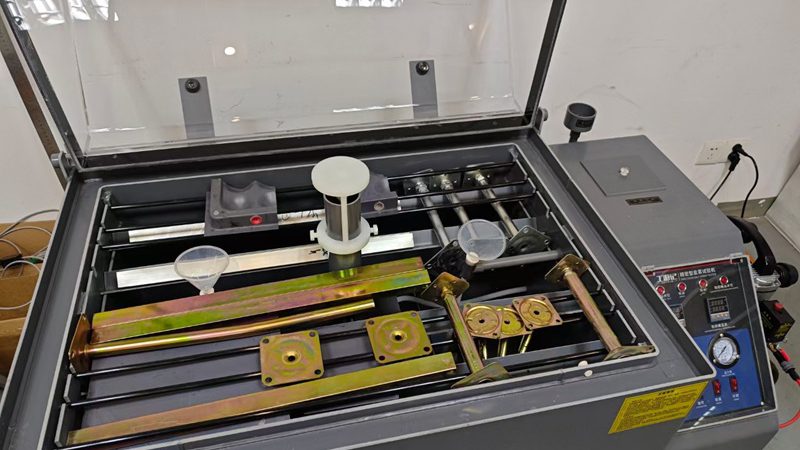
匯亜、新たに塩霧試験装置を導入 OAフロアの品質防線を強化
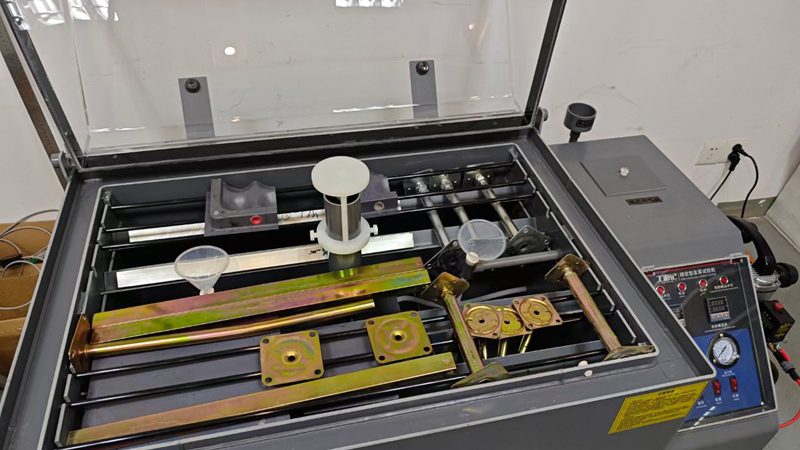
회아, 새 염무시험장비 도입해 이중바닥재 품질 방호선 단단히 만듦
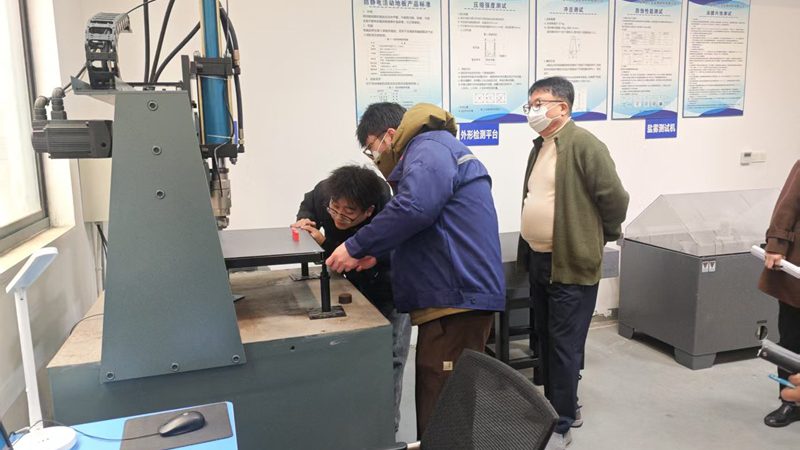
창주 회아 이중바닥재 회사, 한국 KSA 인증 획득하며 이중바닥재 공식 한국 수출 시작
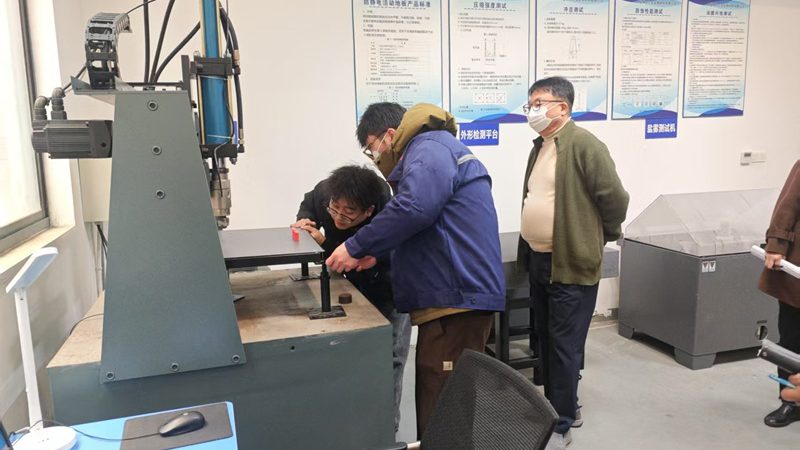
常州汇亜OAフロア社、韓国KSA認証取得、OAフロアが正式に韓国に輸出サブタイトル
MORE DOWNLOADS

GENERAL CATALOGUE
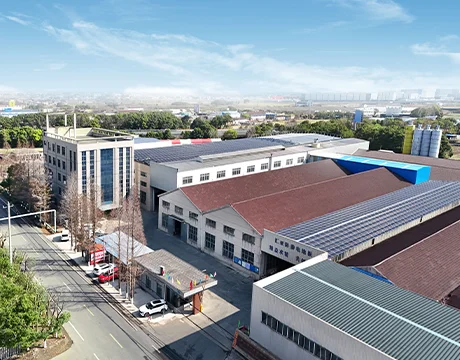
HUIYA INTRODUCTION

HUIYA GREEN LABEL
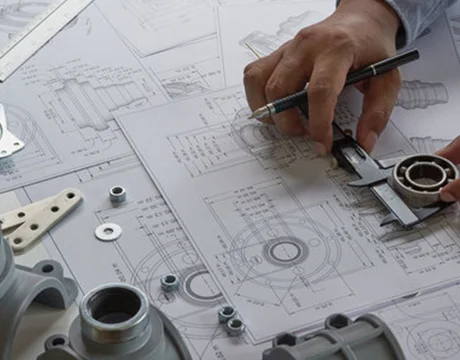
CAD/BIM FULL STEEL
APPLICATION SCENARIOS







